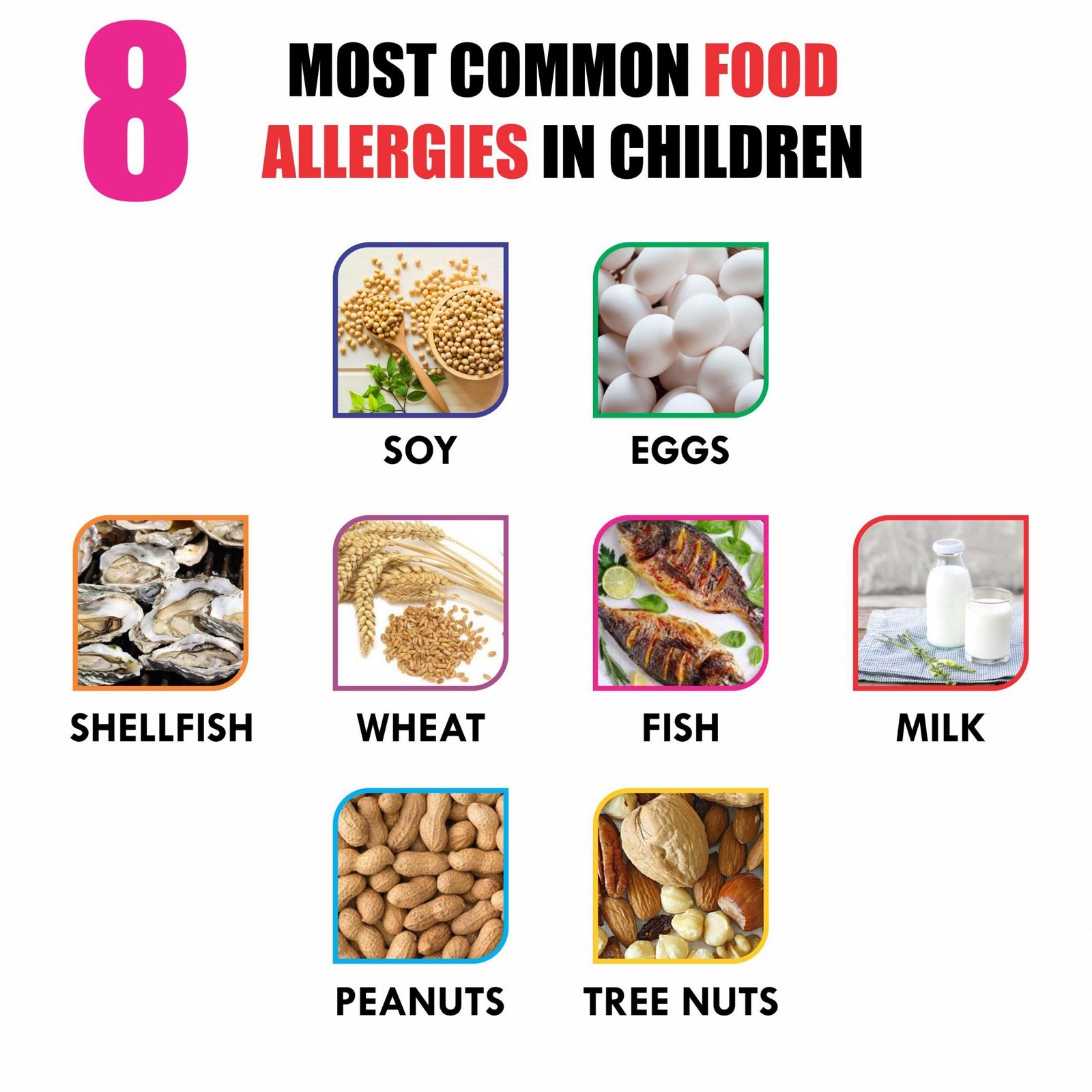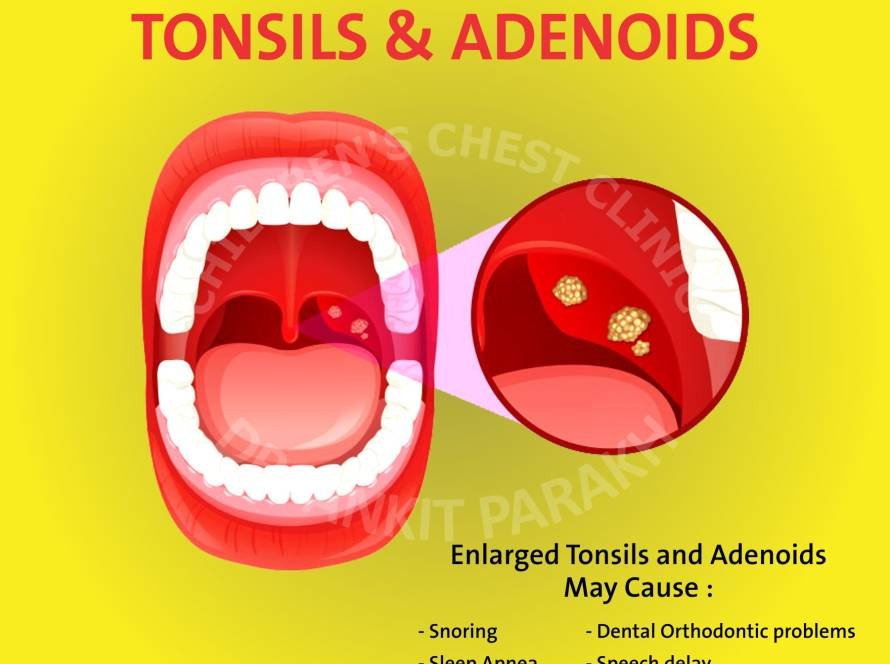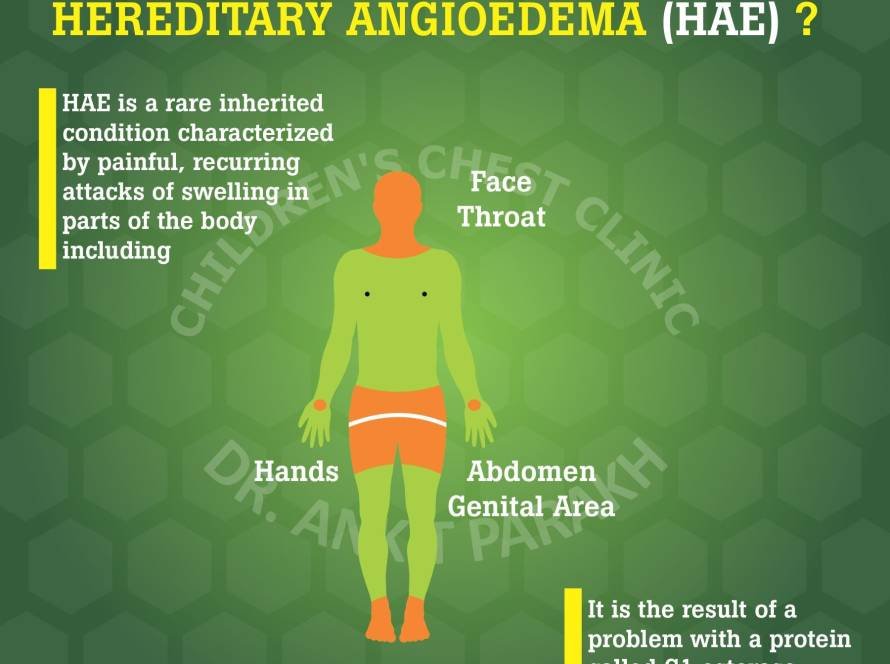Food allergy is a common allergy especially seen in babies and children, although food allergy can be seen at any age. Food allergy used to be rarely seen in India but now the incidence of food allergy is increasing. The common foods leading to food allergy are cow’s milk, hen’s egg, wheat, soy, peanuts, tree nuts, fish and shellfish. These food allergens account for almost 90% of food allergy reactions, although food allergy can be seen to any food.
Food allergies cause a range of signs and symptoms ranging from a mild rash, hives, angioedema, tummy pain, vomiting and cough to a severe, life-threatening reaction called “anaphylaxis”.
Some food allergies like milk, egg and wheat are commonly outgrown by 5-6 years of age, while others like nuts and fish are typically lifelong. Food avoidance is the only current way for preventing food allergy reactions. Since these foods are often ingredients in other foods, avoiding them requires careful label reading and taking precautions when kids are eating out including at school. Accidental exposure still does occur leading to allergy reactions including anaphylaxis. Hence, all children and adults having food allergy should have an “Allergy Action Plan” including training on the use of adrenaline.
Milk Allergy
Cow’s milk protein allergy is the most common food allergy worldwide. It is typically diagnosed during infancy and mostly outgrown by 5-6 years of age although in 10% cases Cow’s milk protein allergy can persist into adulthood. Children with a milk allergy overreact to the proteins in milk—casein and whey. It is important to understand the difference between cow’s milk protein allergy and lactose intolerance, where sugar lactase is improperly digested.
Egg Allergy
Allergy to hens egg is the second most common food allergy seen throughout the world. Children or adults with hen’s egg allergy react to proteins in the egg white or egg yolk or both. As with milk allergies, allergy to eggs gets commonly diagnosed in babies and children. Egg allergy usually resolves by five to six years of age, although occasional children would persist to have egg allergy as teens and adults. Since egg is an important constituent of many foods, including bakery products, avoidance of egg becomes difficult.
Wheat Allergy
Allergy to wheat is an uncommon allergy compared to allergy to eggs and milk. Wheat allergy is caused by an abnormal immune reaction to proteins in the wheat. Wheat allergy should not be confused with celiac disease which is an autoimmune condition where the body reacts to gluten.
Soy Allergy
Soy allergy leads to immune reaction to proteins in soybeans leading to food allergy symptoms. Symptoms of soy allergy are mild but occasionally severe allergy reactions can happen.
Peanut Allergy
People with peanut allergy react to minute amounts of peanut protein. Peanut allergy can be life-threatening as the rates of anaphylaxis are more for peanuts compared to milk, egg, or wheat allergies. Peanut allergy is usually lifelong.
Tree Nut Allergy
Tree nuts include a wide range of nuts, such as almonds, cashews, walnuts, pistachios, etc. As many of the nuts have cross-reacting proteins, if you are allergic to one nut you are likely to be allergic to a few other nuts as well but not all. Tree nut allergy, as with peanut allergy, is also lifelong.
Fish and Shellfish Allergy
People with fish allergy are allergic to proteins in finned fish like tuna, cod, halibut, and salmon. People with shellfish allergy are allergic to crabs, shrimp and lobster, etc. As with peanut and tree nut allergy, allergy to fish and shellfish is lifelong.
If you or someone in the family is having symptoms of food allergy you need to consult a pediatric allergist for appropriate guidance and treatment.







